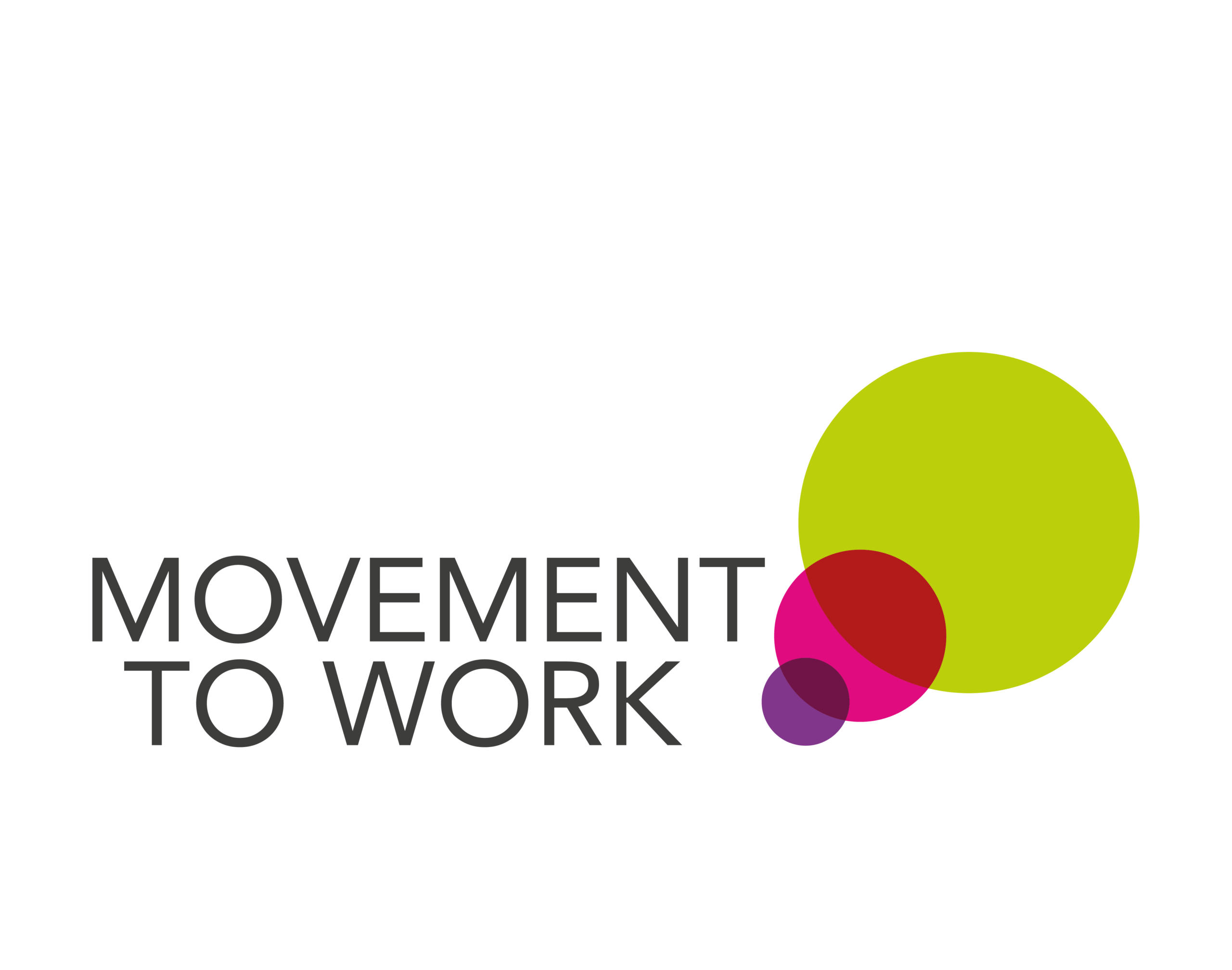Although youth unemployment has long been a concern, reports by the Chartered Institute of Personnel (CIPD) and Youth Futures Foundation (YFF) note that this has been exacerbated during the pandemic, with young people experiencing the greatest rise in unemployment levels.
While unemployment has now largely returned to pre-pandemic levels, hundreds of thousands of young people are still seeking work and there is an increase in those who are economically inactive. At the same time, job vacancies have been increasing and have hit record levels in most industries across the UK.
After a period of reduced recruitment and hiring, employers are now having to compete harder to fill job openings. The increased competition for candidates is driving employers’ attention to underutilised pools of talent, who have traditionally been overlooked when accessing employment.
Disadvantaged young people are in most need of these opportunities, and in this context, it is vital that employers can effectively recruit young people from marginalised groups, who may need more support to move towards, or return to, paid work.
Young people can face barriers not relating to education, skills or job performance, such as their age, race, skin colour, gender or disability as well as lacking qualifications, education, or the social and professional skills needed to enter the job market, due to factors such as poverty, lack of support, drug use, mental health problems, discrimination or other social issues. Furthermore, these issues can be compounded by: –
- Ineffective recruitment channels and adverts
- Poor selection methods
- Subgroup differences
- Unconscious bias.
The first step recruiters and employers have to take in employing disadvantaged young people is to get the message about vacancies out to them. The usual communication channels might not work for reaching disadvantaged young people; for example, they may not see a job advert if a recruiter relies on LinkedIn. Barriers can be that they lack confidence, do not know how to job search effectively, or do not know enough about the jobs market to find the right job opportunities.
Instead, there is some evidence to suggest that people from disadvantaged groups often rely more on personal contacts and their informal networks to find employment opportunities, as well as searching for work more locally. Therefore, recruiters would be more effective if they reach out to local communities and engage with spaces and places where disadvantaged young people are more likely to be represented, otherwise recruitment problems and youth disadvantage will continue to persist.
To read the recommendations and see the full CIPD and YFF reports please click on the respective links.
